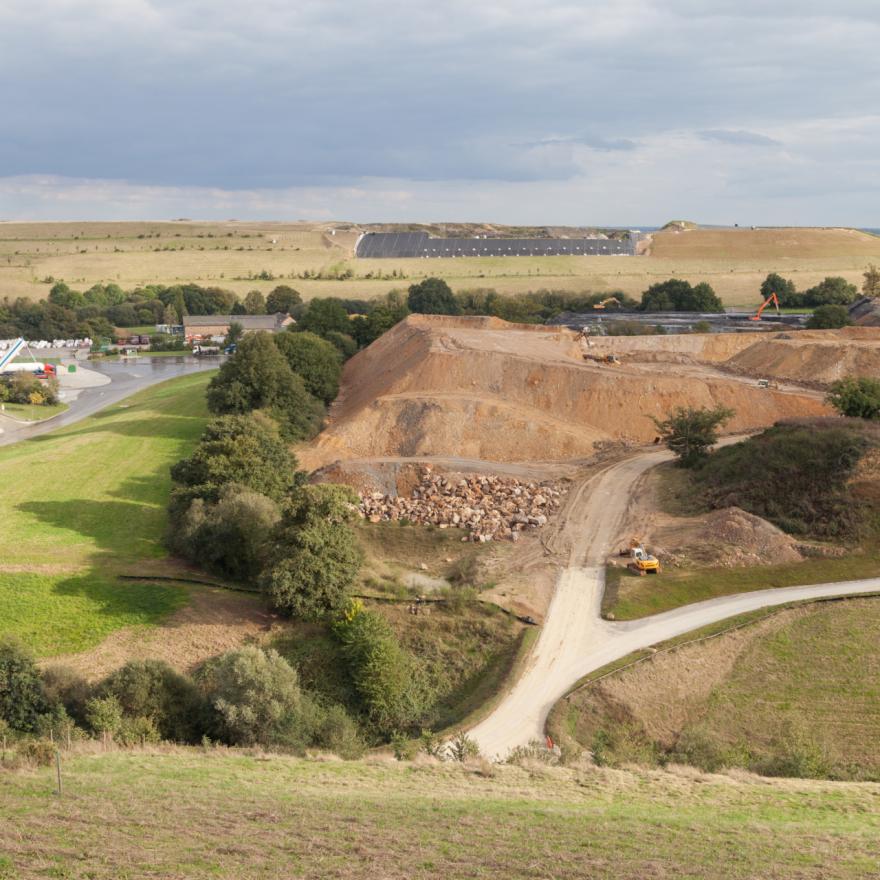The purpose of the waste management business is to preserve the quality of our environment by preventing any impact on soil and water. Since 1985, Séché Éco-Industries has been developing know-how and providing solutions for the management of non-recyclable waste.
The Pôle Environnement de Changé is an ICPE (Installation Classée pour la Protection de l’Environnement) authorized by prefectoral decree. The decree specifies the nature and volume of authorized waste, as well as the measures implemented to guarantee control of environmental impacts. All activities are part of a monitoring plan
(water quality, air quality), which are controlled by the Administration (local and regional DREAL services).
A historical activity at the Changé site, the non-hazardous waste storage facilities, formerly known as Class 2, provide a high environmental quality solution for their safety.
Non-hazardous non-recyclable waste (household waste, sorting rejects…) is confined in storage cells fitted with equipment to manage the effluents produced by the waste during its natural degradation (biogas and leachates). The sealing systems deployed go beyond regulatory requirements.
Forhazardous waste, formerly known as Class 1, Séché Éco-Industries opened a storage center in 1994. The waste treated comes from a wide range of economic activities: surface treatment (paint shops, galvanizing baths, etc.), waste treatment by incineration, urban development operations, polluted soil, etc.
Depending on the nature of the waste and its condition, it may undergo pre-treatment by stabilization. They are then confined in dedicated storage cells, equipped with specific sealing and monitoring systems. Each stage of treatment is monitored: sampling prior to acceptance, during input, post-stabilization (at the mixer outlet), and topographical tracking of cell filling, to ensure full traceability.
Other types of waste are also monitored
Other types of waste are treated in a differentiated way due to their nature, such as gypsum waste, isolated from non-hazardous waste so as not to alter the quality of the biogas.
